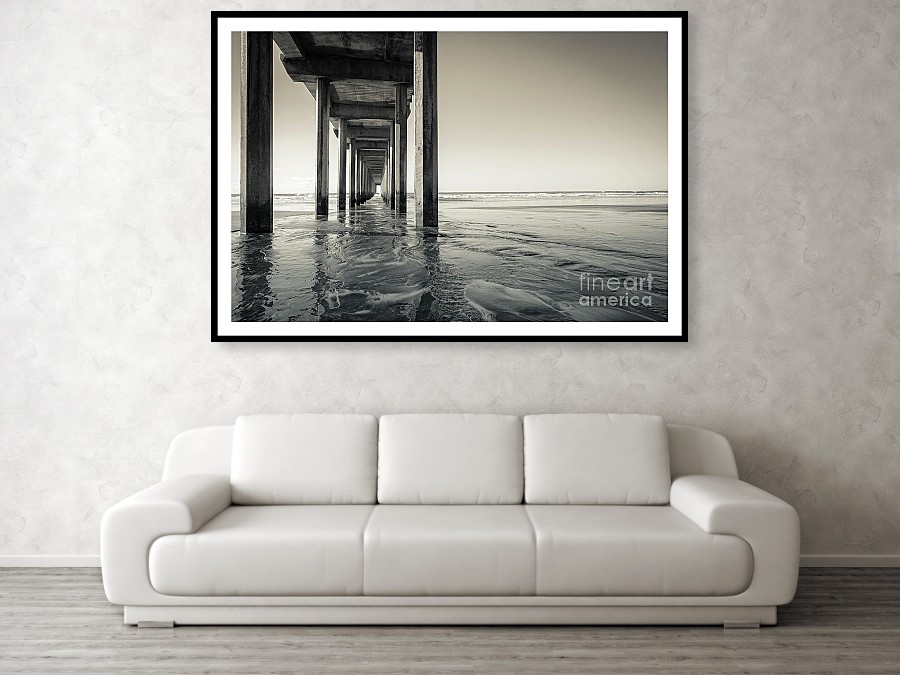When you want to reduce light, grab an ND filter
Sometimes there is just too much light. When we want to shoot wide open with a fast lens or increase our exposures to take long exposures of waterfalls or waves to blur the water.
B+W 58mm ND 1.8-64X with Single Coating (106)
“During a normal bright sunny day at ISO 200, and around f/1.4 you are going to need around 1/8000 shutter speed. Well that is going to make strobie looking video. You basically want to shoot the inverse of 2x your FPS. So at 30 fps you want your shutter speed to be 1/60. To slow your shutter speed to 1/60 from 1/8000 you need to cut 7 stops of light. This cuts 6 stops of light and you can cut the 7th by increasing aperture to f/2.
So this 6 stop ND filter is the most flexible. The 10 stop filter cuts too much and the 3 stop filter doesn’t cut nearly enough. So the 6 stop is just right. While you can “stack” ND filters on top of each other you are really risking serious vignetting so it is not something I recommend. If you only need to cut 5 stops of light then simply bump up your ISO 1 stop.
For me, 6 stop ND filters have worked the best to shoot 4K video I can use as video and pull 8mp stills.” – shuTTL3bus
Neutral Density Filter – It can be a colorless (clear) or grey filter. The purpose of a standard photographic neutral–density filter is to reduce the amount of light entering the lens. Doing so allows the photographer to select combinations of aperture, exposure time and sensor sensitivity that would otherwise produce overexposed pictures.
